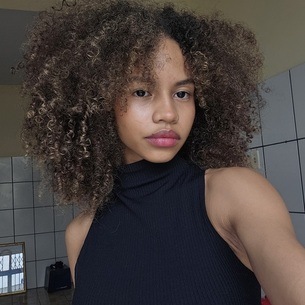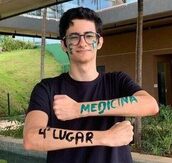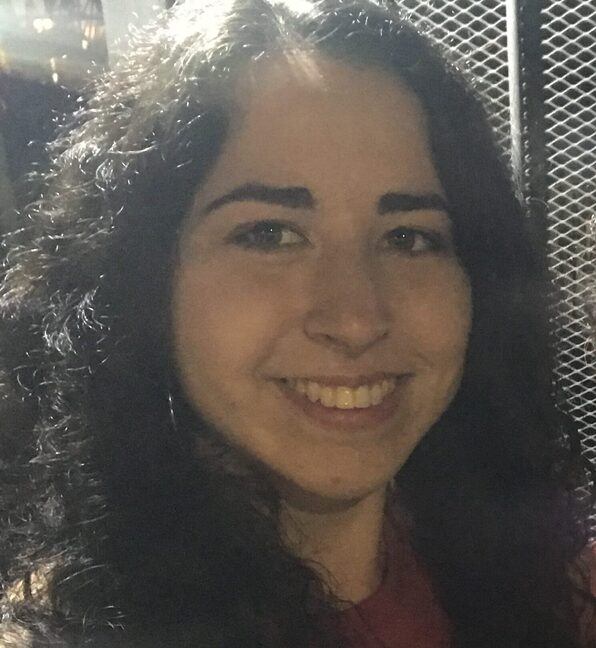
UFU 2012/2
TEXT 1
The Art and Heart of Blind Photographers
By Matt Kettmann Santa Barbara sunday, May 17, 2009

Blind photography: the very concept sounds like an oxymoron. But an intriguing and often striking exhibition of photographs in Riverside, California, argues that it emanates from the core of contemporary art. The show “Sight Unseen,” at the California Museum of Photography until Aug. 29, features everything from underwater scenes off Catalina Island, transvestites in New Orleans and Braille-enhanced black-and-whites as well as portraits, nudes, landscapes, travel shots, abstracts, collages, and everything else you might expect from a “sighted” photographer. Except the subtext and context is blindness: the photographers are legally blind, some born without sight or with limited vision, and others who have lost their vision over time. And that is why, argues the man who organized the show, they are at the very heart of art.
“The whole trajectory of modern art for the last 100 years has been toward the concept of mental construction, and blind photography comes from that place,” says the show’s “sighted” curator Douglas McCulloh, himself a photographer. “They’re creating that image in their head first – really elaborate, fully realized visions – and then bringing some version of that vision into the world for the rest of us to see.” A sample of the photographs posted by TIME. com received a huge amount of attention.
One participating photographer is Pete Eckert, an artist with multiple degrees in design and sculpture who only turned to photography after losing his vision in the mid-1980s. He opens the shutter on his camera and then uses flashlights, lasers, lighters, and candles to paint his scene on film. He explains: “The human brain is wired for optical input, for visualization. The optic nerve bundle is huge. Even with no input, or maybe especially with no input, the brain keeps creating images. I’m a very visual person, I just can’t see.” “Sighted photographers always talk about the difficulty of what they call ‘seeing’,” Eckert adds. “I tell them ‘If you can’t see, it’s because your vision is getting in the way.’”
Perhaps the most experienced blind photographers come from New York City’s Seeing With Photography Collective, which has been shooting blind since 1988 under the direction of Mark Andres. The Riverside exhibition features some collaborative group work, but also pieces by individual members. One of those is Sonia Soberats, who explains, “When I tell people I do photography, they don’t believe me. When a person achieves something that others think you can’t because you are blind, you feel it much more.” Another individually recognized collective artist is Steven Erra, who says, “I only see parts of things at a time, very small areas at one time. These pictures that we’re taking now concentrate on one area at a time. A sharpness, a blurriness, a sharpness, a blurriness, your eyes are always going from one to the other, which is how I view the world, too.”
McCulloh has been pursuing these blind photographers for more than a decade, and began pitching the idea of this show four years ago. But the time became right this year, he says because “I’m convinced of its importance. The main trigger is that I’ve seen a real groundswell of interest around the world in a whole lot of different places, including Tel Aviv, CzecDisponível em: . Acesso em: jun. 2012. (adaptado) hoslovakia, Mexico City, London, Los Angeles.... I felt like the movement was really there.” Thanks to crowds and critical acclaim, the exhibit seems likely to show again in Mexico City after leaving Riverside.
According to the text, the show Sight Unseen
shows how blind photography is marginalized as an art form.
is restricted to North American audiences due to lack of interest
focuses on how legally-blind photographers see the world
arises feelings of pity for blind photographers around the world
E mais: nota TRI a todo o momento.




